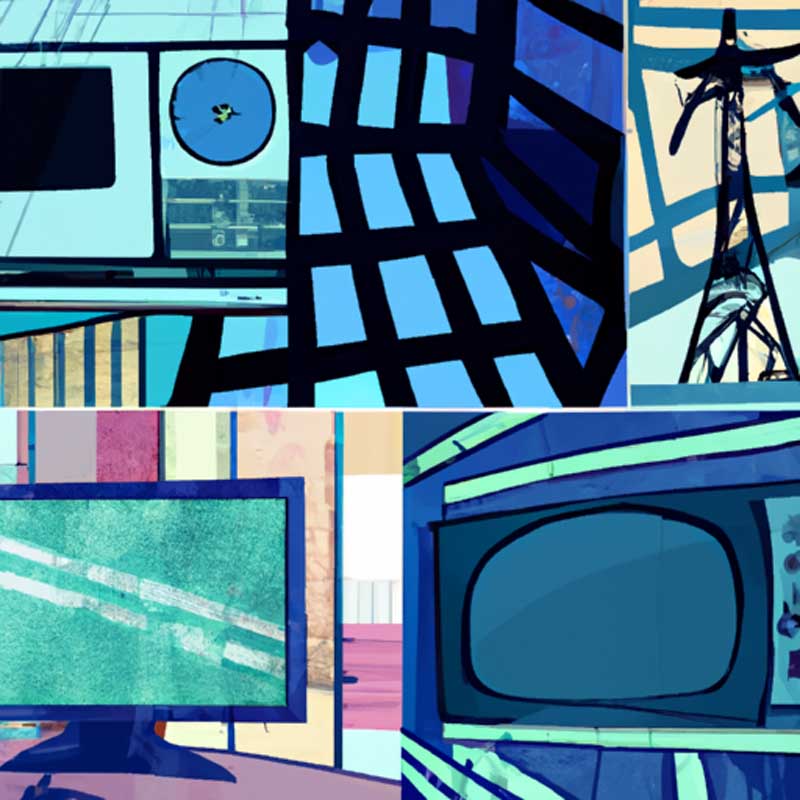Women’s underrepresentation at AI conferences is a cause for concern, as it hinders diversity and the responsible development of AI technology that truly serves everyone. At China’s largest AI event, the World Artificial Intelligence Conference, only one out of 20 scheduled speakers was a woman. This gender disparity is not unique to this conference, as women in technology have long been sidelined despite their significant contributions to the field. The New York Times also faced criticism for publishing an article that featured only men in its list of AI experts.
Women’s absence is not limited to AI conferences, as they are often missing from tech conferences as well. For example, the DevTernity software conference was cancelled after featuring a “demo person” who turned out to be an “auto-generated” woman added to the line-up by mistake. This problem of all-male panels, also known as “manels,” is prevalent across different industries.
The representation of women at AI conferences in Asia is equally concerning. An analysis of 21 AI conferences taking place physically in Asia in 2023 and 2024 found that women were significantly underrepresented, with less than 30% of speakers across most of the conferences. Two smaller events had no female speakers at all. These statistics highlight the urgent need for more diverse voices in AI discussions.
The lack of women’s representation in AI conferences is not only a matter of equality, but it also has wider implications. AI algorithms trained on data that skews white and male have been shown to be biased against women, ethnic minorities, and low-income individuals. Inclusivity and ethical considerations must be prioritized in the development of AI systems.
Conference organizers can take steps to improve gender diversity by using tools that help estimate a fair distribution of female speakers and accessing open databases of women experts. Companies can also encourage and provide resources for female executives to represent them at conferences and become thought leaders. Efforts to include more women in panels can attract more women attendees and inspire them to speak at future events.
Key Points:
- Women are underrepresented at AI conferences, hindering diversity in the development of AI technology.
- China’s largest AI event, the World Artificial Intelligence Conference, featured only one female speaker out of 20.
- The absence of women is not limited to AI conferences but is prevalent across tech conferences, with instances of “manels.”
- An analysis of AI conferences in Asia found that women were significantly underrepresented, with less than 30% of speakers across most events.
- The lack of women’s representation in AI conferences has wider implications, including biased AI algorithms and the need for inclusivity and ethical considerations.
- Conference organizers can use tools and open databases to improve gender diversity, and companies can actively field female executives to represent them.
